Comments / Questions (32)
![]() Allison wrote:
Allison wrote:
What is the length of the back for this pattern in size 122/128?
27.09.2022 - 15:48DROPS Design answered:
Dear Allison, the jumper measures ca 48 cm in size 122/128 cm from shoulder towards bottom edge. Happy knitting!
27.09.2022 - 16:06
![]() Kerstin Hökerberg wrote:
Kerstin Hökerberg wrote:
I diagram A.1 och A.2 skall man öka ett antal maskor på 5 olika varv markerade med pil. Alla dessa varv stickas med endast en färg. I diagram A.2 ( 8 maskor) är ökningsvarvet markerat på ett varv med två färger. Det verkar inte vara riktigt. Skall inte ökningen göras på diagrammets sista varv, som är enfärgat?
23.04.2022 - 10:58DROPS Design answered:
Hei Kerstin. Når du har økt ved pil 1 til 4 har du økt med mange masker, ved pil 5 skal det bare økes et fåtall masker (i noen str, skal det ikke økes), da går det fint å øke på en omgang med 2 farger. mvh DROPS Design
25.04.2022 - 10:48
![]() Carmen wrote:
Carmen wrote:
Hallo Ich habe da mal eine Frage. Ich bin jetzt bei den Armen und ich weiß nicht wie ich das Muster berechnen soll damit die masche mit den Stern überein stimmt. 60 maschen durch 8maschen von Mustersatz geht nicht das ergibt 7,5
28.03.2022 - 22:42DROPS Design answered:
Liebe Carmen, diese Lektion wird Ihnen damit helfen, das Muster an der Mitte vom Ärmel zu stricken - beachten Sie nur daß das Muster wird nicht in der Runde passen, dh am Anfang/Ende der Runden wird das Muster nicht passen, und wegen Abnahmen auch nicht mehr, aber das Muster soll immer in der Höhe stimmen (und nicht verschoben werden). Viel Spaß beim stricken!
29.03.2022 - 09:10
![]() Carmen wrote:
Carmen wrote:
Hallo meine Maschenprobe ist 24 m in der Breite und 32 Reihen gleich 10 x 10 cm Die wolle ist die Joe Anti Pilling von Rellana habe mit nadelsträke 4 gestrickt weil ich so das beste Maschenbild bekomme. Ich weiß aber nicht wie ich das umrechnen kann damit komme ich nicht klar. Können Sie mir bitte helfen Liebe Grüße Carmen W
07.03.2022 - 20:19DROPS Design answered:
Liebe Carmen, leider können wir nicht jede Anleitung nach jeder Maschenprobe neu umrechnen, am besten wenden Sie sich bitte an Ihrem Wollladen oder ein Strickforum, dort wird man Ihnen gerne weiterhelfen. Danke im voraus für Ihr Verständnis. Viel Spaß beim stricken!
08.03.2022 - 11:03
![]() Diana wrote:
Diana wrote:
Ik brei voor het eerst op een ronbreinaald. Bv 1 naald rood dan 1 naald wit. Dan loopt de kleur scheef . Hoe kan ik een doorlopen kleur krijgen.
16.01.2022 - 17:22
![]() Margherita wrote:
Margherita wrote:
Buongiorno, devo iniziare la manica e ho dei quesiti da porvi: - riprendo 48 m. in sospeso, riprendo le 6 m. sotto la manica e diventano 54 m. in totale, il motivo A2 è fatto di 8 m. , 54 m. non è divisibile per 8? - non capisco come devo posizionare i 2 segnapunti e da dove far partire il giro? Grazie
28.11.2021 - 10:28DROPS Design answered:
Buonasera Margherita, deve inserire i segnapunti nella manica e poi procedere a lavorare come indicato seguendo le indicazioni. Buon lavoro!
08.12.2021 - 19:37
![]() Christinco wrote:
Christinco wrote:
Hallo! Hilfe, ich möchte ein Pullover mit Rundpasse (ein anderes Motiv als hier) für 3/4 Jahre stricken. Die Maschenprobe Motiv (25 Maschen in 16 Reihen) das 10x im Rundpasse passt: 10cm=26 Maschen 10cm=32 Reihen Wie rechne ich nun die Maschenangaben von Ihre Anleitung aus meine Maschenprobe um?
03.11.2021 - 09:16DROPS Design answered:
Liebe Christinco, leider können wir jeder Anleitung nach jedem individuellen Frage anpassen und einzelne Modelle auf individuellen Wunsch hin umrechnen. Wenn sie Hilfe damit brauchen, wenden Sie sich bitte an dem Laden wo Sie die Wolle gekauft haben, dort hilft man Ihnen gerne weiter. Danke im voraus für Ihr Verständnis. Viel Spaß beim stricken!
03.11.2021 - 12:17
![]() Marieluise wrote:
Marieluise wrote:
Wo finde ich das Diagramm für das Muster für diesen Pullover?
11.10.2021 - 10:25DROPS Design answered:
Liebe Marieluise, Manchmal haben wir derzeit Probleme mit der Anzeige der Bilder. Versuchen Sie, die Seite zu aktualisieren und den Browser-Cache zu leeren. Wenn die Fotos erneut auf der Website angezeigt werden, können Sie die Anleitung ausdrucken. Viel Spaß beim Stricken!
11.10.2021 - 11:31
![]() Margherita Navarra wrote:
Margherita Navarra wrote:
Buongiorno, vorrei provare a fare questo progetto (North Star) ma mi sono già bloccata sul campione!!! Non capisco quali diagramma devo tenere in considerazione per fare il campione di 21 maglie in larghezza e 28 ferri in altezza a maglia rasata e seguendo il motivo jacquard nordico = 10 x 10 cm. Ringrazio e porgo cordiali saluti.
25.09.2021 - 14:05DROPS Design answered:
Buonasera Margherita, può lavorare il campione seguendo il motivo A.1. Buon lavoro!
26.09.2021 - 21:01
![]() Aurélie wrote:
Aurélie wrote:
Oubliez ma question c'est moi qui ait mélangé les graphes... Merci !
16.02.2021 - 23:50
North Star#northstarsweater |
|||||||||||||
 |
 |
||||||||||||
Knitted jumper for children in DROPS Merino Extra Fine. The piece is worked top down, with round yoke and Nordic pattern. Sizes 2 – 12 years.
DROPS Children 37-1 |
|||||||||||||
|
------------------------------------------------------- EXPLANATIONS FOR THE PATTERN: ------------------------------------------------------- INCREASE TIP (evenly spaced): To work out how to increase evenly, count the total number of stitches on the needle (e.g. 72 stitches) and divide by the number of increases to be made (e.g. 24) = 3. In this example, increase by making 1 yarn over after each 3rd stitch. On the next round work the yarn overs twisted to avoid holes. PATTERN: See diagrams A.1 to A.4. Choose diagram for your size. The whole pattern is worked in stocking stitch. KNITTING TIP: To avoid the garment losing its elasticity when working the pattern, it is important the strands at the back are not tight. Increase a needle size when working pattern if this is a problem. If the knitting tension is not correct in height and your work is too tight, the garment will be too short and the armholes too small – to adjust for this you can work 1 extra round in the one-coloured sections. If your work is too loose, the garment will be too long and the armholes too big; to adjust for this, you can work 1 round less in the one-coloured sections. DECREASE TIP (for mid under sleeves): Decrease 1 stitch on each side of the marker-stitch as follows (the 5 next stitches are worked with medium grey): Work until there are 2 stitches left before the marker-stitch, knit 2 together, knit the marker-stitch, knit 2 twisted together (= 2 stitches decreased). CASTING-OFF TIP: To avoid the cast-off edge being tight you can cast off with a larger size needle. If the edge is still tight, make 1 yarn over after approx. each 4th stitch at the same time as casting off and the yarn overs are cast off as normal stitches. ------------------------------------------------------- START THE PIECE HERE: ------------------------------------------------------- JUMPER – SHORT OVERVIEW OF THE PIECE: The neck and yoke are worked in the round with circular needle, from mid back and top down. The yoke is divided for the body and sleeves. The body is continued in the round with circular needle. The sleeves are worked in the round with double pointed needles, top down. NECK: Cast on 72-72-76-76-80-80 stitches with circular needle size 3 mm and medium grey. Knit 1 round, then work rib (= knit 2 / purl 2) for 3 cm. Knit 1 round and increase 24-28-28-32-32-36 stitches evenly spaced – read INCREASE TIP = 96-100-104-108-112-116 stitches. Change to circular needle size 4 mm. Insert 1 marker at the beginning of the round; the yoke will be measured from this marker! YOKE: Work 0-0-2-0-2-4 rounds of stocking stitch with medium grey. Read KNITTING TIP and then work A.1 in the round (= 24-25-26-27-28-29 repeats of 4 stitches). Continue this pattern. REMEMBER THE KNITTING TENSION! AT THE SAME TIME on each row marked with an arrow in A.1, increase stitches evenly spaced as described below – remember INCREASE TIP: Arrow-1: Increase 30-32-34-36-38-40 stitches evenly spaced = 126-132-138-144-150-156 stitches (there is now room for 21-22-23-24-25-26 repeats of A.1 with 6 stitches). Arrow-2: Increase 42-36-44-38-46-40 stitches evenly spaced = 168-168-182-182-196-196 stitches (there is now room for 12-12-13-13-14-14 repeats of A.1 with 14 stitches). Arrow-3: Increase 28-36-34-38-36-44 stitches evenly spaced = 196-204-216-220-232-240 stitches (there is now room for 49-51-54-55-58-60 repeats of A.1 with 4 stitches). Arrow-4: Increase 16-20-20-20-20-24 stitches evenly spaced = 212-224-236-240-252-264 stitches (there is now room for 53-56-59-60-63-66 repeats of A.1 with 4 stitches). Continue working until there is 1 round left in A.1. The piece measures approx. 15-15-16-17-18-19 cm from the marker on the neck. On the last round in A.1 divide the yoke for the body and sleeves as follows: Work 31-33-35-36-38-40 stitches as before (= half back piece), place the next 44-46-48-48-50-52 stitches on 1 thread for the sleeve, cast on 6-6-6-8-8-8 new stitches (= in side under the sleeve), work 62-66-70-72-76-80 stitches as before (= front piece), place the next 44-46-48-48-50-52 stitches on 1 thread for the sleeve, cast on 6-6-6-8-8-8 new stitches (= in side under the sleeve) and work the remaining 31-33-35-36-38-40 stitches as before (= half back piece). Body and sleeves are finished separately. THE PIECE IS NOW MEASURED FROM HERE! BODY: = 136-144-152-160-168-176 stitches. Work A.2 in the round (there is room for 17-18-19-20-21-22 repeats of A.2 with 8 stitches). AT THE SAME TIME on the row marked with arrow-5 in A.2, increase 8-0-4-8-0-4 stitches evenly spaced = 144-144-156-168-168-180 stitches. When A.2 has been completed, work A.3 in the same way (there is room for 24-24-26-28-28-30 repeats of A.3 with 6 stitches). A.3 is repeated in height until the piece measures 12-16-19-19-22-25 cm from the division; there is approx. 7-7-7-10-10-10 cm left to finished length, you can try the jumper on and work to desired length. Work A.4 in the round (= 36-36-39-42-42-45 repeats of 4 stitches). Continue until A.4 has been completed. Knit 1 round with medium grey and increase 32-32-32-36-36-36 stitches evenly spaced on this round = 176-176-188-204-204-216 stitches. This is done to avoid the rib being tight. Change to circular needle size 3 mm and work rib (= knit 2 / purl 2) for 3-3-3-4-4-4 cm. Cast off with knit over knit and purl over purl – read CASTING-OFF TIP! SLEEVE: Place the 44-46-48-48-50-52 stitches from the thread on the one side of the piece on double pointed needles size 4 mm and knit up 1 stitch in each of the 6-6-6-8-8-8 stitches cast on under the sleeve = 50-52-54-56-58-60 stitches. Insert 2 markers in the piece without working the stitches. Start mid under the sleeve in the middle of the 6-6-6-8-8-8 stitches and insert 1 marker in the first stitch after the middle, count 24-25-26-27-28-29 stitches and insert the second marker in the next stitch. Allow the markers to follow your work onwards; the one under the sleeve is used when decreasing and the one on top of the sleeve will be used when starting the pattern. Work PATTERN at the same time as you DECREASE under the sleeve as described below: PATTERN: Start the round under the sleeve in the stitch before the marker-stitch and work A.2 in the round – count out from the middle of the sleeve to find where the pattern starts – the second marker-stitch on top of the sleeve should match the stitch marked with a star in A.2, and you will decrease under the sleeve at the same time as you work pattern. When A.2 has been completed, work A.3 in the same way. A.3 is repeated in height until the sleeve measures 12-17-21-23-26-30 cm, but finish after a round of «spots». Now work the whole of A.4. DECREASE: At the same time, when the sleeve measures 3 cm from the division in all sizes, decrease 2 stitches mid under the sleeve – read DECREASE TIP. Decrease like this every 2-2½-3-4-4½-4½ cm a total of 6-7-7-7-7-8 times. When A.4 has been completed and the decreases are finished, there are 38-38-40-42-44-44 stitches left on the needles and the sleeve measures approx. 16-21-25-29-32-36 cm from the division. The rest of the sleeve is worked with medium grey. Knit 1 round where you increase 6-6-8-6-8-8 stitches evenly spaced = 44-44-48-48-52-52 stitches. Change to double pointed needles size 3 mm and work rib (= knit 2 / purl 2) for 3-3-3-4-4-4 cm. Cast off with knit over knit and purl over purl – remember CASTING-OFF TIP. The sleeve measures approx. 19-24-28-33-36-40 cm from the division. Work the other sleeve in the same way. |
|||||||||||||
Diagram explanations |
|||||||||||||
|
|||||||||||||
 |
|||||||||||||
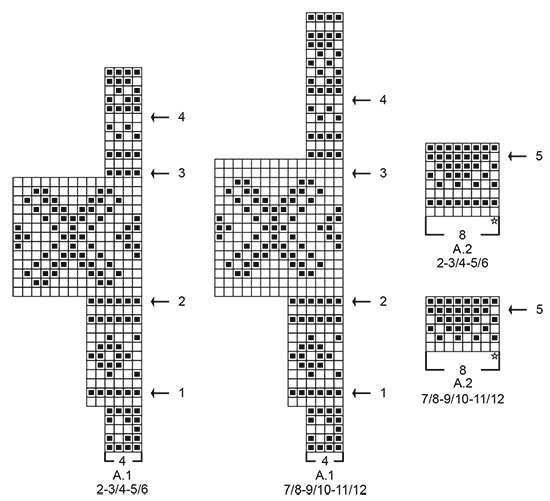 |
|||||||||||||
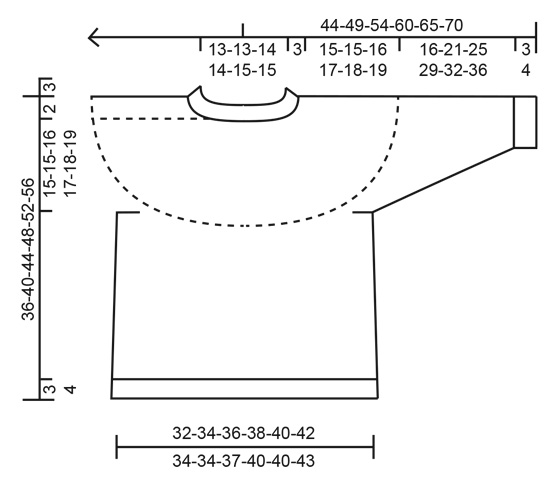 |
|||||||||||||
Have you finished this pattern?Tag your pictures with #dropspattern #northstarsweater or submit them to the #dropsfan gallery. Do you need help with this pattern?You'll find 26 tutorial videos, a Comments/Questions area and more by visiting the pattern on garnstudio.com. © 1982-2025 DROPS Design A/S. We reserve all rights. This document, including all its sub-sections, has copyrights. Read more about what you can do with our patterns at the bottom of each pattern on our site. |
|||||||||||||









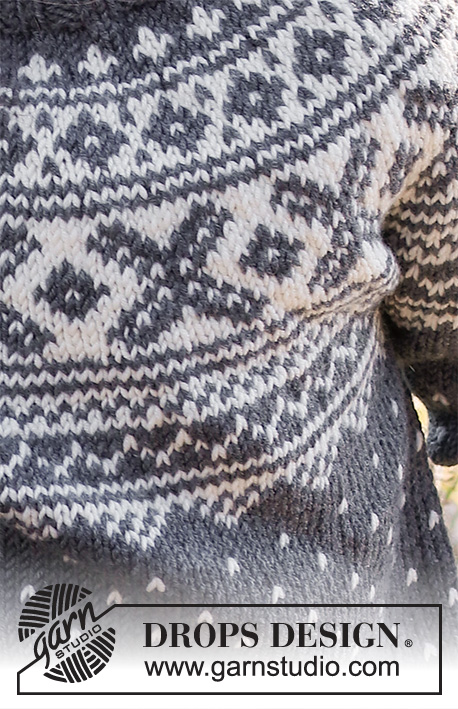



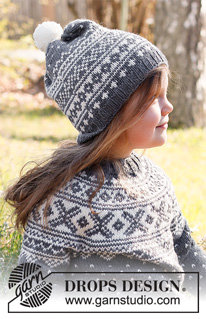
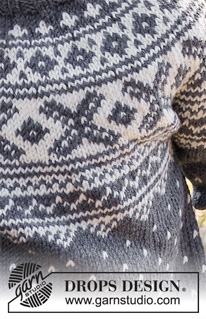







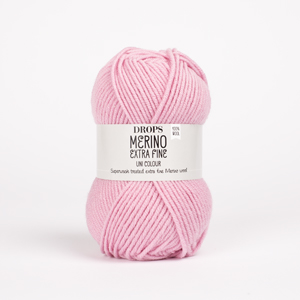
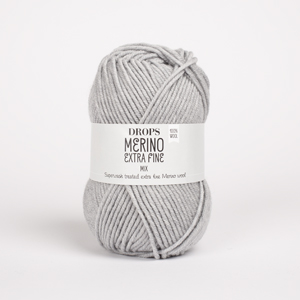

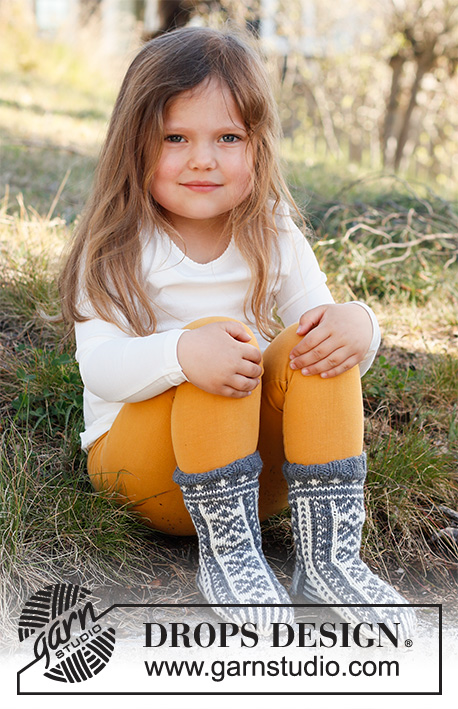



































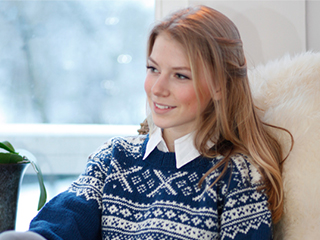












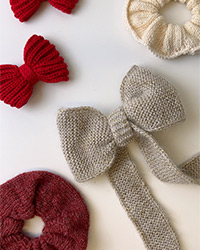
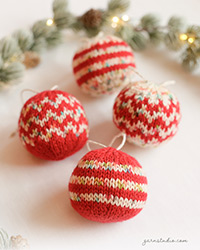

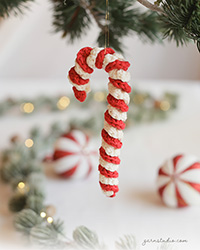

Post a comment to pattern DROPS Children 37-1
We would love to hear what you have to say about this pattern!
If you want to leave a question, please make sure you select the correct category in the form below, to speed up the answering process. Required fields are marked *.